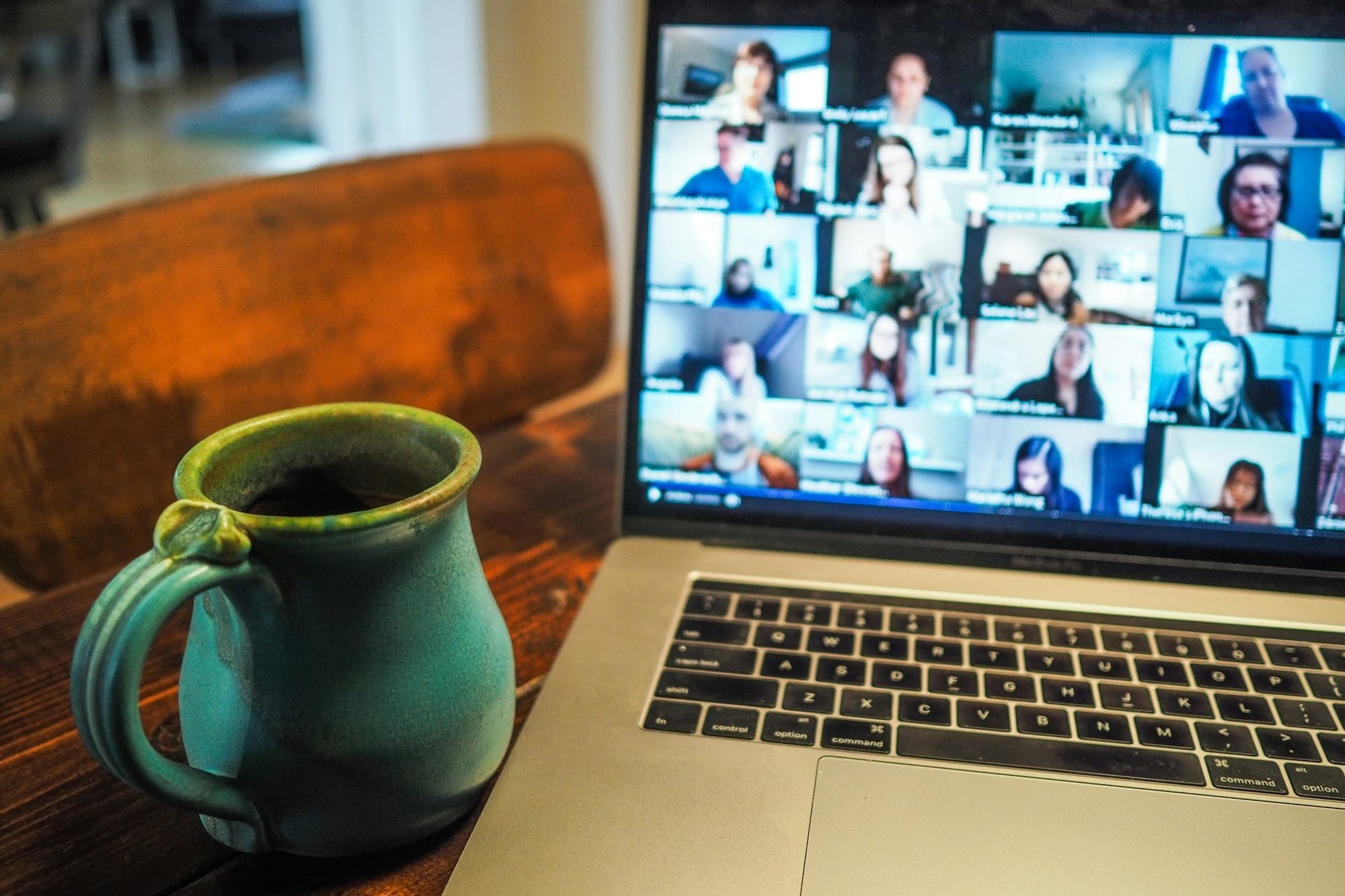Crisis as Catalyst: A Reflection for Creative Leaders
Why crisis brings leadership to the surface.

A crisis exposes the gap between what’s written in a job description and what people actually do. When familiar systems break down, the playbook disappears. Someone has to step into the space where decisions stalled or where fear froze the room.
That’s when leadership stops being theoretical and becomes real action.
Most of the time, the people who rise aren’t chasing titles or recognition. In my experience, they’re often the ones who’ve been second-guessing themselves for years, quietly navigating imposter syndrome. But in a crisis, that hesitation sloughs off. The need becomes immediate, and the reaction becomes instinct. The people who care enough to steady the group become the ones others follow.
That kind of leadership starts with attention. It starts with asking real questions and listening for the answers beneath the answers. When the stakes are shared, empathy becomes a superpower. Executives, interns, freelancers—everyone ends up in the same emotional place. Tired. Anxious. Looking for signals of safety through the noise. The people who tune in are the ones who can guide others through the storm without making it worse.
That’s where trust begins. And trust is the only real fuel for the long road forward.
Leadership in Practice: The Kathleen Kelly Example
I saw this come to life during the first wave of the COVID-19 pandemic. Our creative team at SmileDirectClub went from roughly fifty people to five. Layoffs and furloughs hit hard. We were remote before we knew how to do remote well. Feedback loops stretched across time zones. Servers lagged. Teams threads replaced in-person conversations. Zoom calls became our collective portals—liferafts carrying us through the waters of isolated uncertainty.
In the middle of that, Kathleen Kelly, our VP of Integrated Marketing, didn’t wait for permission to lead. She sent a simple message: “I’m pulling together check-ins so nobody feels lost. Join if you can.”
That invitation shifted the atmosphere. It wasn’t about compliance—it was a gesture of care.
From there, the rhythm built. Daily standups. Optional coffees. A workflow that made room for caregiving, slow mornings, and bandwidth—both digital and emotional. The team adjusted priorities. Work flexed when life demanded it.
But it wasn’t just the process that mattered. It was the listening underneath the logistics.
She paid attention to people.
She knew who was burning out. Who was juggling school schedules or elder care at home. Sometimes that meant sending a late-night message—not to push, but to remind someone to shut the laptop and rest.
That tone set the pace. One the team could sustain. People followed her lead, not because they were told to, but because they trusted the person’s intention.
The team carried each other through. They picked up slack when needed, checked in on one another, and stayed connected to the purpose of the work. Not because they had to. Because they wanted to.
When revenue stabilized and our furloughed teammates returned, they walked back into a different environment. We weren’t just back to business. We were grounded. We had weathered something together, and that mattered.
That experience changed the way I lead. It inspired me to create Coffee Connects, a series of one-on-one conversations with no agenda—just space to discuss people, processes, and the craft of creative work. I’ve carried that practice across organizations, from SmileDirectClub to MP&F, and now to Indeed, where I lead an internal creative agency. The desire to scale systems of care—not just systems of output—shaped my next steps.
Questions for Your Leadership Practice
Crisis leadership can’t depend on instinct alone, not if you want it to last. It calls for a mindset shift, as well as an intentional design shift.
The invitation is to build structures that hold space for people to thrive, not just survive. To ask better questions of ourselves and the systems we’re shaping.
Consider these prompts as you revisit or build your leadership practice:
- What kind of culture am I fostering in everyday moments, so that my team has the tools to respond when things get tough?
- Am I listening beneath the logistics, or am I getting stuck in the checklist?
- How am I designing for care, not just delivery?
- When the next disruption arises, will my team know how to support one another, or will they seek a playbook that no longer works?
- What systems will I be leaving behind for those who follow? Are they systems of control, or systems of trust?
The next chapter is co-created by the people who are willing to ask them.
